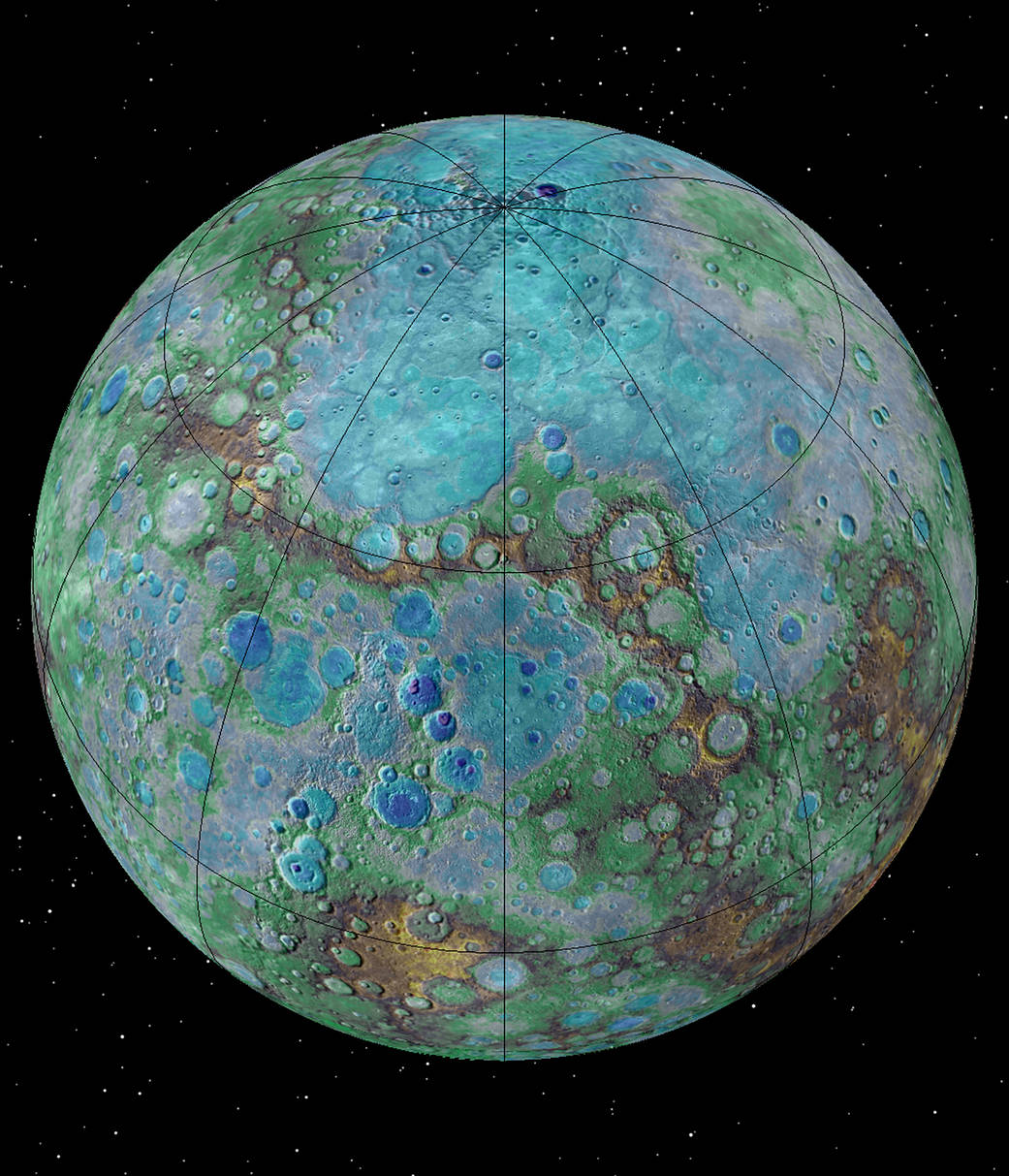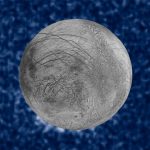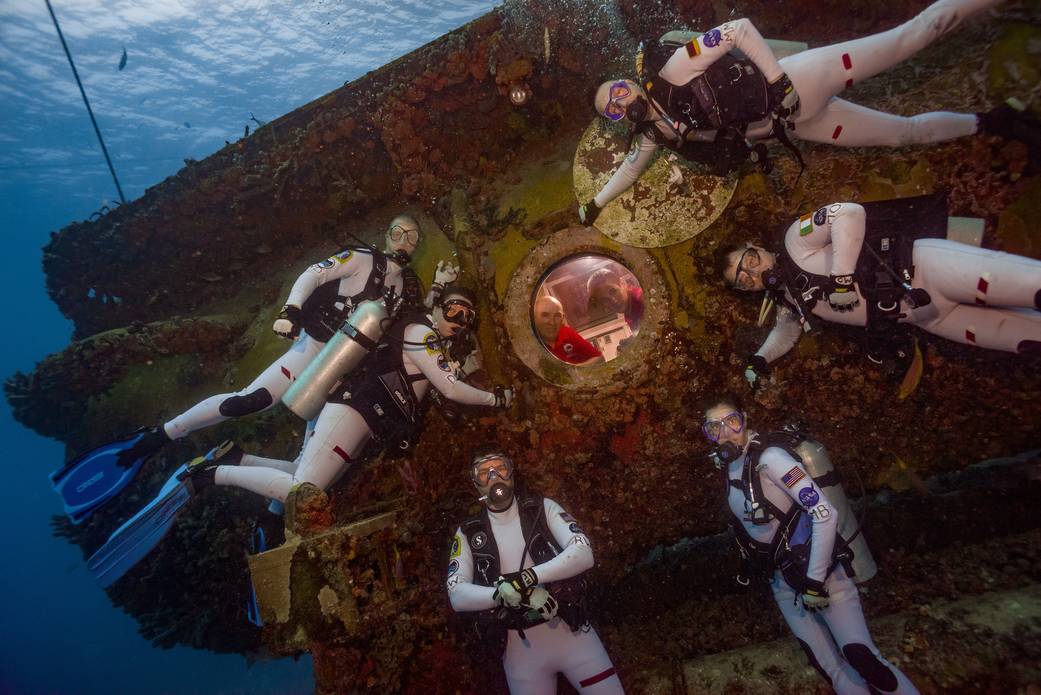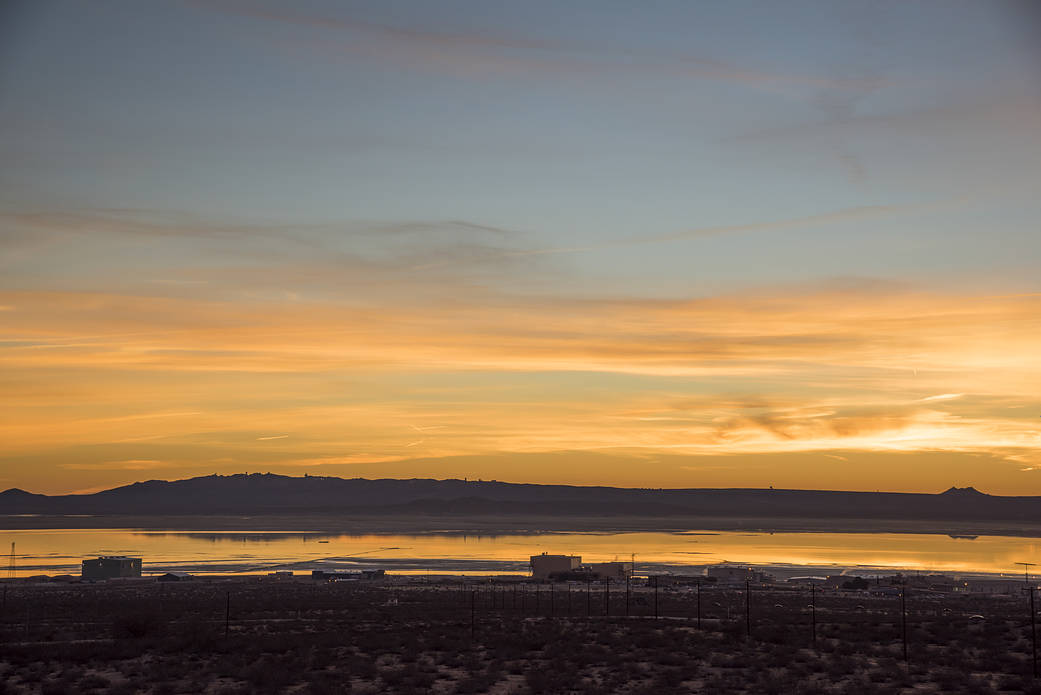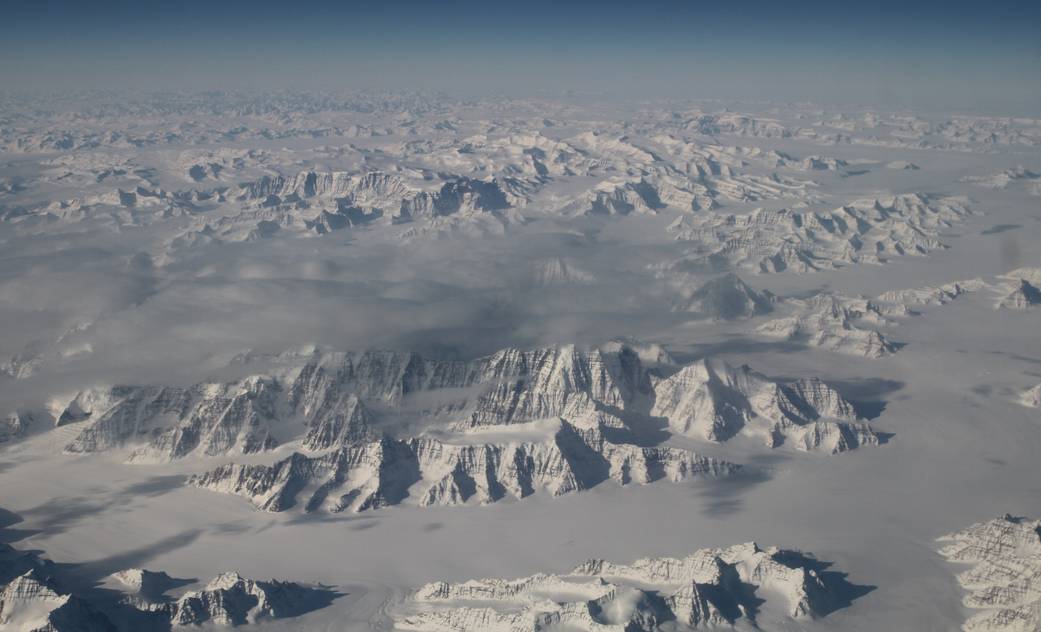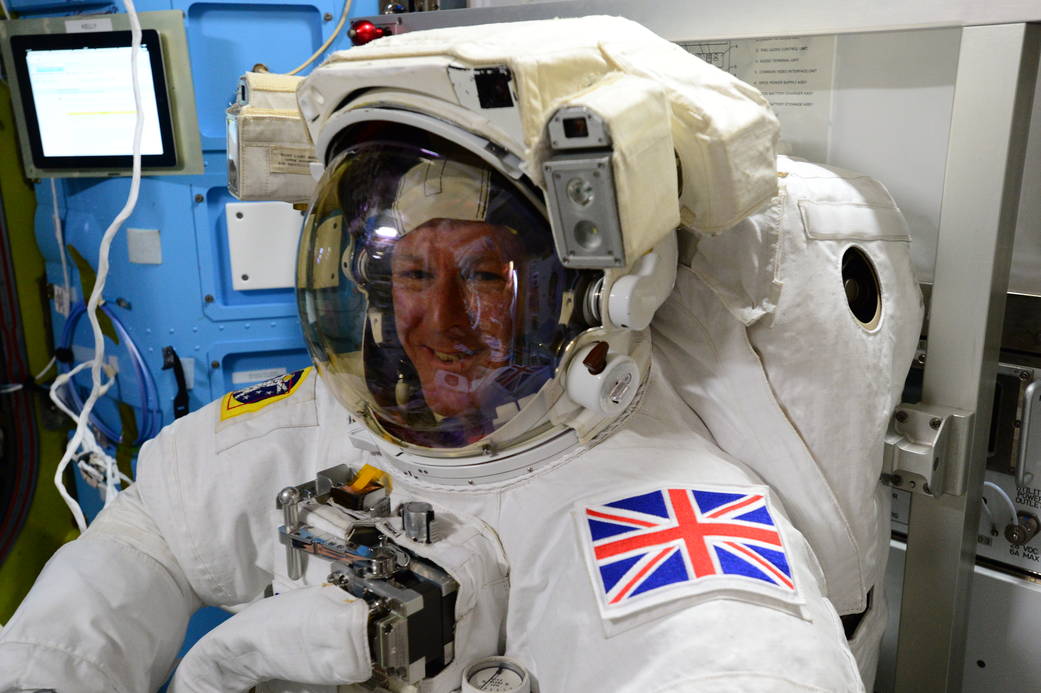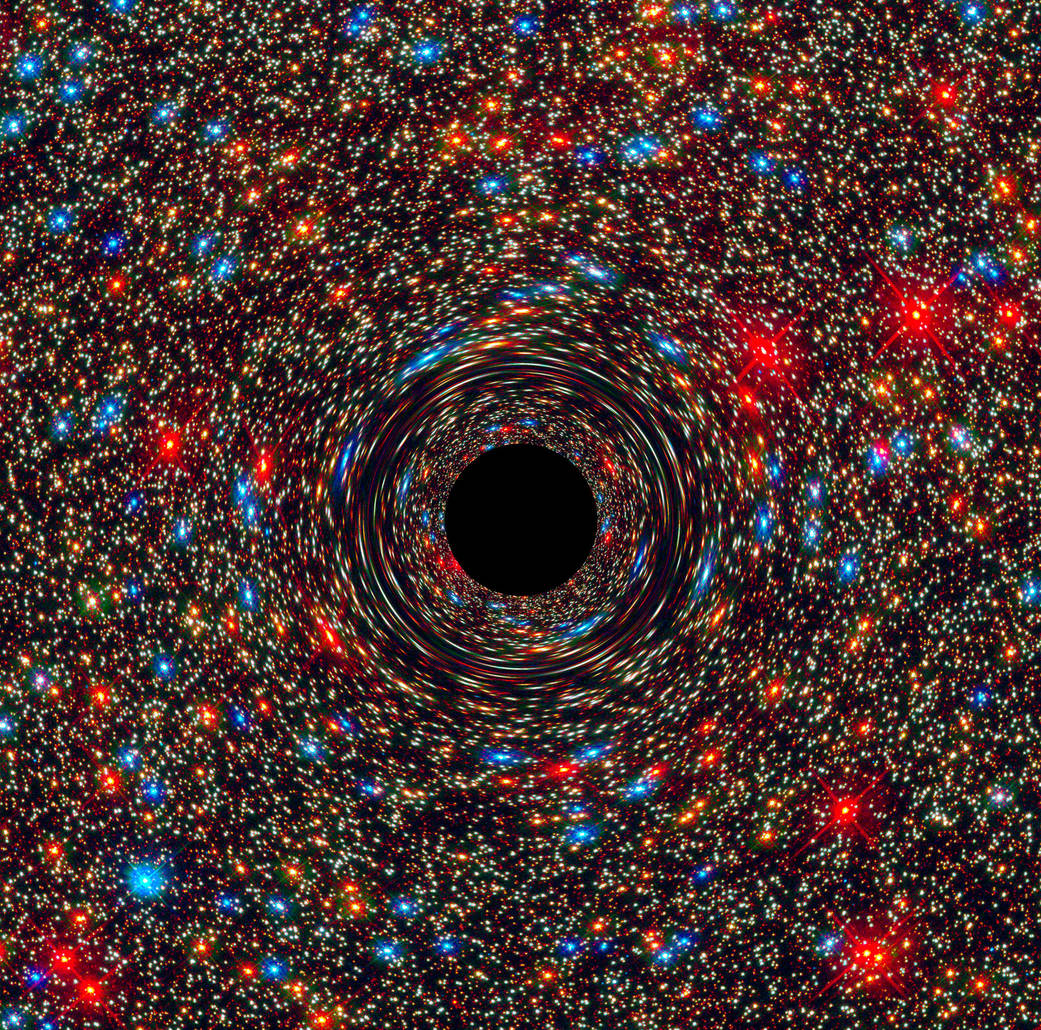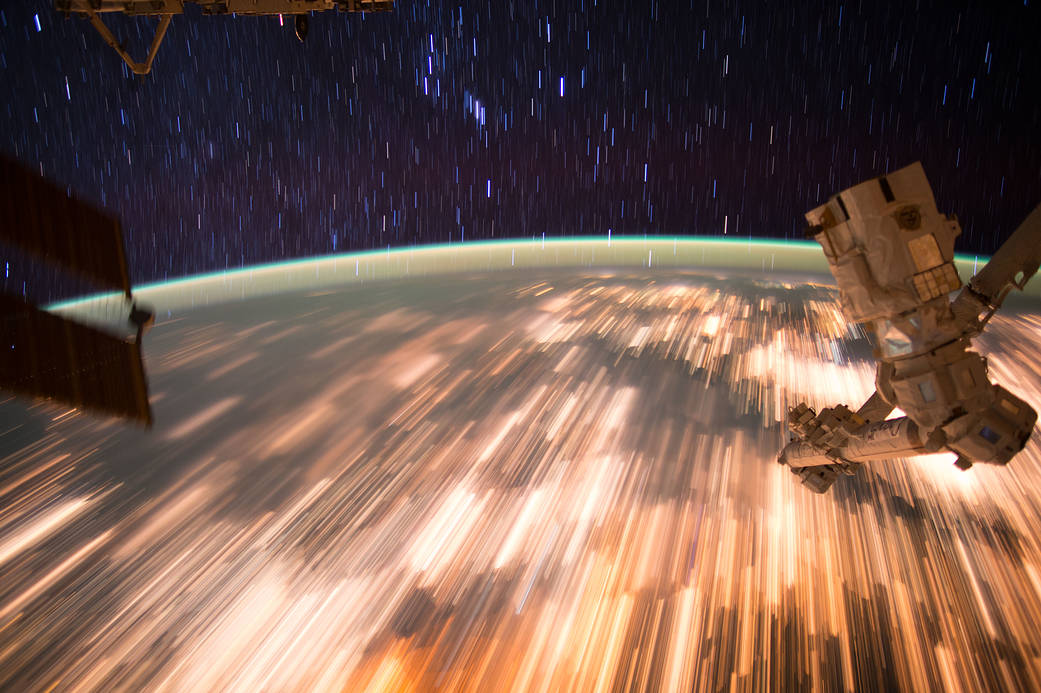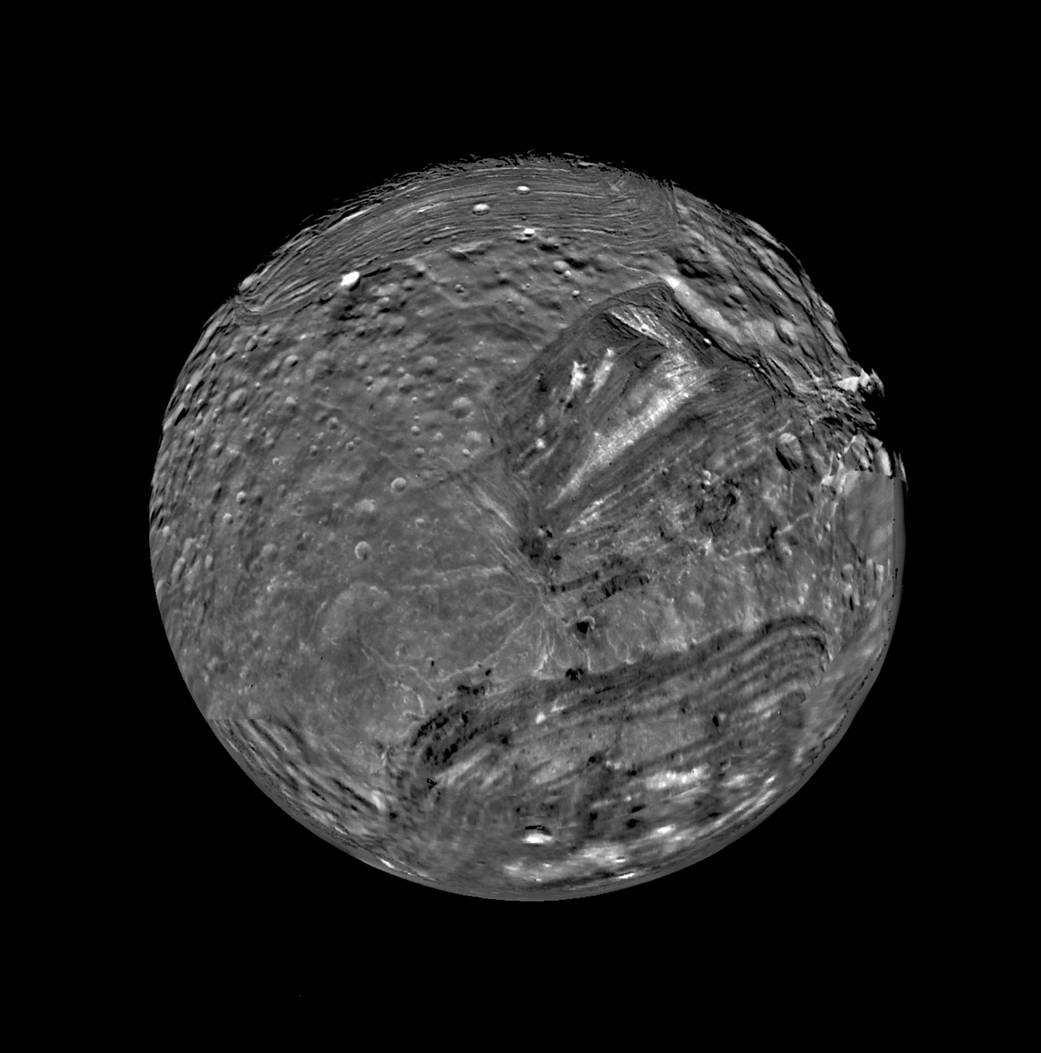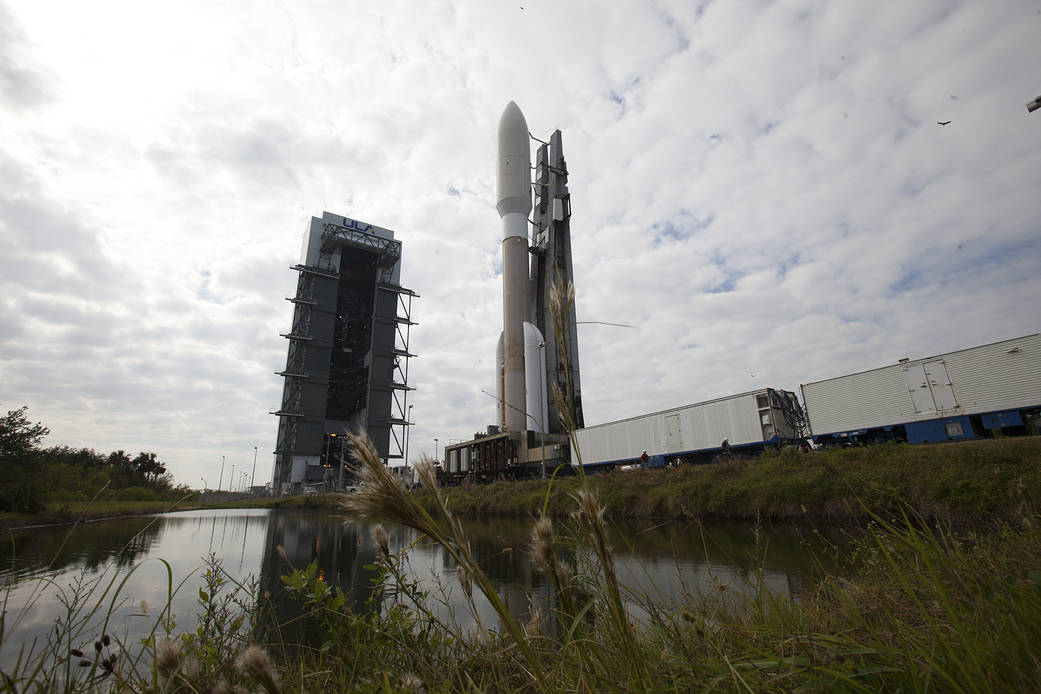オリジナル記事:Tectonically Active Planet Mercury
It’s small, it’s hot, and it’s shrinking. New NASA-funded research suggests that Mercury is contracting even today, joining Earth as a tectonically active planet.
Images obtained by NASA’s MErcury Surface, Space ENvironment, GEochemistry, and Ranging (MESSENGER) spacecraft reveal previously undetected small fault scarps— cliff-like landforms that resemble stair steps. These scarps are small enough that scientists believe they must be geologically young, which means Mercury is still contracting and that Earth is not the only tectonically active planet in our solar system, as previously thought.
Managed by the Johns Hopkins University Applied Physics Laboratory in Laurel, Maryland, MESSENGER launched Aug. 3, 2004 and began orbiting Mercury March 18, 2011. The mission ended with a planned impact on the surface of Mercury on April 30, 2015.
Image Credit: NASA/JHUAPL/Carnegie Institution of Washington/USGS/Arizona State University
Last Updated: Sept. 27, 2016
Editor: Sarah Loff
水星は小さくて、熱くて、収縮している惑星です。新たにNASAが後援している研究では、水星が地球と同様に今日でも地殻変動を続けている惑星であることを示唆しています。
NASAの観測した水星の地表や、宇宙環境、地質学、メッセンジャー観測機による距離の計測などから得られた画像では、以前は階段状の小さな斜面-崖のような地形は検出されていませんでした。これらの崖は、小さいものではあっても水星がまだ収縮し、地殻変動が継続して起きていることを表すのには十分で、以前考えられていたように地球だけが太陽系で唯一の地殻変動を継続している惑星ではないことを明らかにしました。
メリーランド州ローレルのジョンズ・ホプキンス大学応用物理研究所によって2004年8月3日に打ち上げられたメッセンジャーは管理され、2011年3月18日に水星の軌道に入りました。ミッションは2015年4月30日に計画通り水星の地表に衝突して終わりました。
